Review of Tiny Glade: delightful tools and procedural touches enhance the castle-building experience.
Review of Small Clearing
Construct a landscape of beautiful decay in this game featuring forests, lakes and abandoned towers.
- Developer: Pounce Light
- Publisher: Pounce Light
- Launch date: September 23rd, 2024
- Operating system: Windows
- Originating from Steam
- Price: To be confirmed.
- Evaluation conducted on: Intel Core i5-9400F, 16GB RAM, Nvidia GTX 1660, Windows 11
Tiny Glade has remained a consistent figure on TikTok for the past year or so. It’s always nearby. While sharing burrito recipes and praises for the Fujifilm X100v camera, this beautiful toy-like art tool enthusiastically transforms peaceful meadows into partially destroyed castles, villages, and citadels.
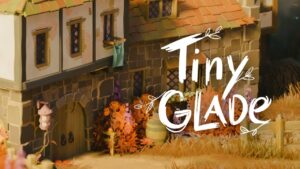
It has a dreamlike and somewhat eerie quality, leading to descriptions such as “enchanting” and “captivating” in the comments. Truly, it is logical. Tiny Glade is a game where you create rustic dioramas and take photos of them. It’s easy to picture a magical individual in exile residing here amidst the rocks, reeds, and wild heather.
It seems like we’ve experienced this situation before – somewhat. Just the other day (I confirmed, it was March) I was captivated by Summerhouse, another playful item related to creating lovely, nearly abandoned structures. Tiny Glade is as popular as Summerhouse, and I believe it is equally loved. However, I believe there is ample space for two of these items to occur closely together, especially when they are unique and bring joy and fascination in their own distinct manners.
The main distinction of Tiny Glade is its 3D feature. You have been provided with a small piece of land, where you have the ability to manipulate the camera and create circular towers, short buildings, as well as construct walls, fences, and pathways. You also have the ability to manipulate the earth’s surface, either extracting rocks or cliffs from the ground or pushing soil aside to uncover hidden rivers and lakes. Afterwards, you have the ability to bring the camera nearer, push it further away, and rotate it in all directions in your search for the most delightful perspective. You can also observe your creation from above, reminiscent of a comfortable Moholy-Nagy.
All of this leads me to another major distinction, which may be the most crucial one. Summerhouse focused on discovering fresh features like additional windows and doors, air conditioning units with cats lounging on them, and large graffiti designs. Tiny Glade not only immerses us in the nostalgic time period of “yore,” but also transforms existing elements based on usage instead of constantly providing new pieces. Place a tower and manipulate it with the mouse to adjust its height, width, and thickness. Bring two panes of glass together tightly, and they might transform into a large arched window. If you flatten the roof of a hall sufficiently, the game will understand your intention and replace the roof with battlements. When you create a pathway inside a building, the game will automatically include a door.
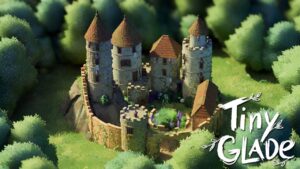
This thing really captures the essence of what makes this place unique, actually. In the world of top-notch Grand Designs, Tiny Glade showcases how architecture is often a process of compromise. In this scenario, I place an item and the game itself occasionally determines how to embellish it. It appears to believe that a stack of wood would enhance the look of that wall. After I shift the wall slightly, the game determines that everything is ruined and angrily abandons the wood altogether. However, it quickly returns with a different suggestion: “Perhaps a lean-to would be more visually appealing?”
I construct buildings and the game frequently makes small real-time micro-adjustments and refinements. This is what gives Tiny Glade its charmingly jittery, restless vibe. Simply placing a wall in a field is a truly fascinating experience, as the wall twists and turns under my control, constantly adapting and readjusting to its changing length. Bricks shift in and out of position, stones disintegrate and reconstruct while the shape I am creating changes.
And that’s only a barrier. Make it bigger to the size of a tower and you’ll have a design tool that truly seems to have mischievous creatures playing inside it. Build a castle haphazardly and upon reflection, you may notice numerous small details that were not intentionally included, yet they are all quirky and insignificant enough to confirm your authorship.
Oh, how playful. There is a variety of seasons to choose from, ranging from vibrant autumns to sunny summers. Winter gives rivers a shiny sheen of ice, and if you take away the land beneath a sheep, it will float with a balloon or umbrella to avoid sinking.
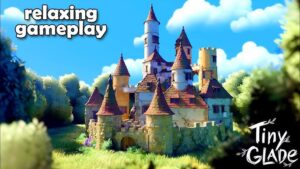
However, there is also transparency. The icons at the bottom of the screen make it simple to comprehend how to use the tools, and when there are choices like building cladding or various stone colors, they appear in logical sub-menu radials for easy navigation. The camera function is also fantastic, as it lets you adjust vignetting and aperture, select a focal point, and adjust the size of the focal point. I believe Moholy-Nagy would be impressed. I’ve dedicated an equal amount of time to tinkering with the camera features as I have to constructing playful miniature towns.
Choosing to create a cozy atmosphere is a decision, and Tiny Glade brought to mind Ford’s famous quote about the Model T, which could be any color as long as it was black. During my initial hours, I was concerned that Tiny Glade only provided views that were excessively sentimental. However, the more I engage in playing, the more convinced I become that it is not completely accurate. I feel like my boundaries are too delicate, but I tend to think it’s more about who I am than the situation. In other words, I am excited to see how true talent will utilize this beautiful object.
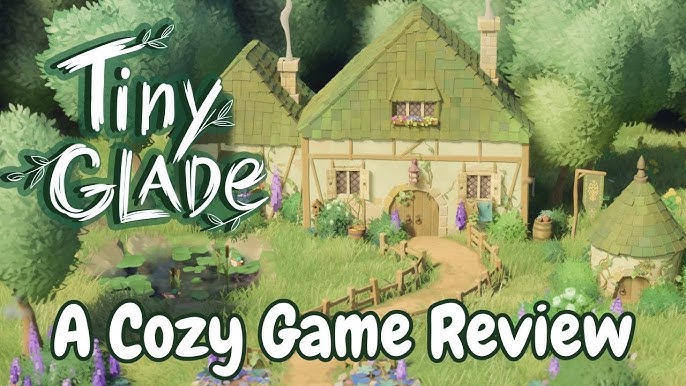
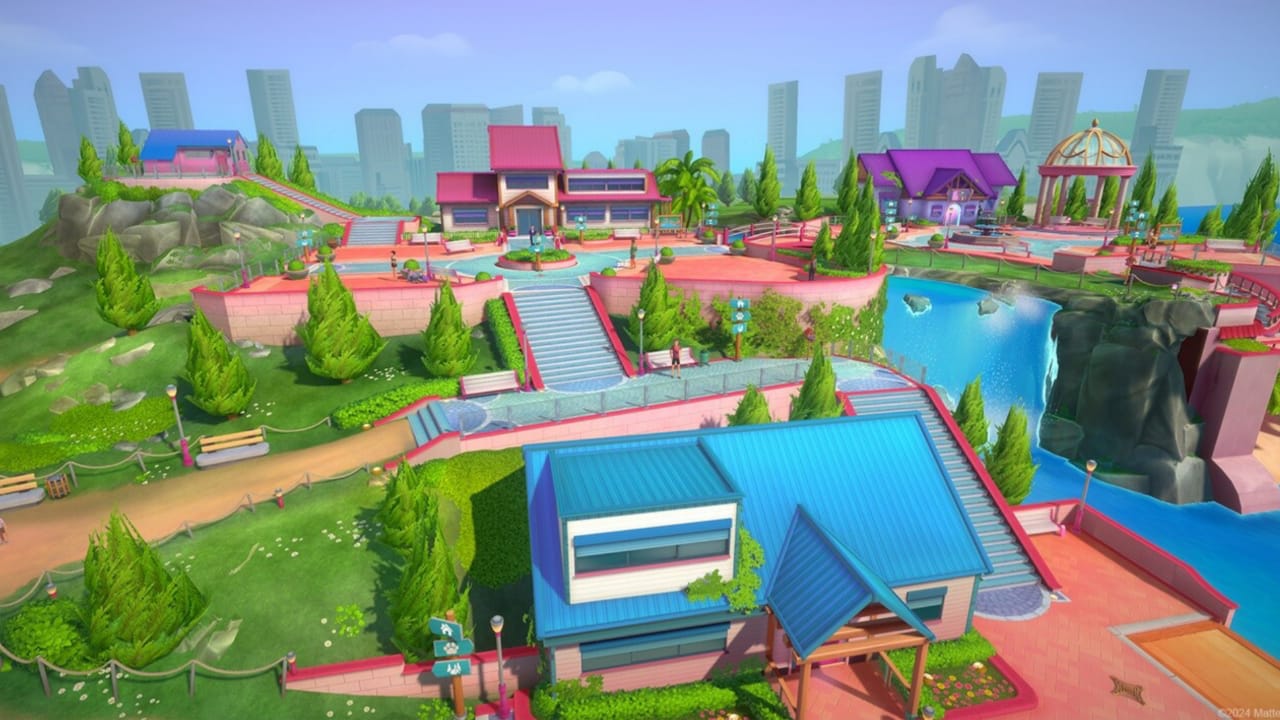


Post Comment